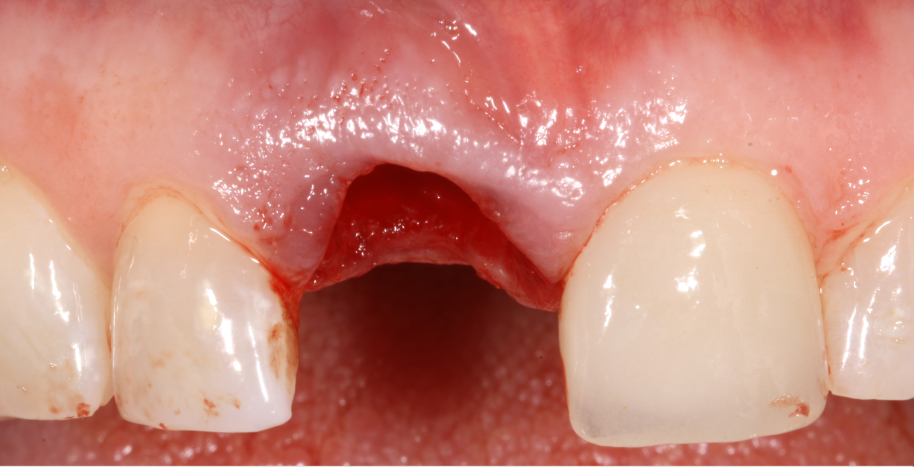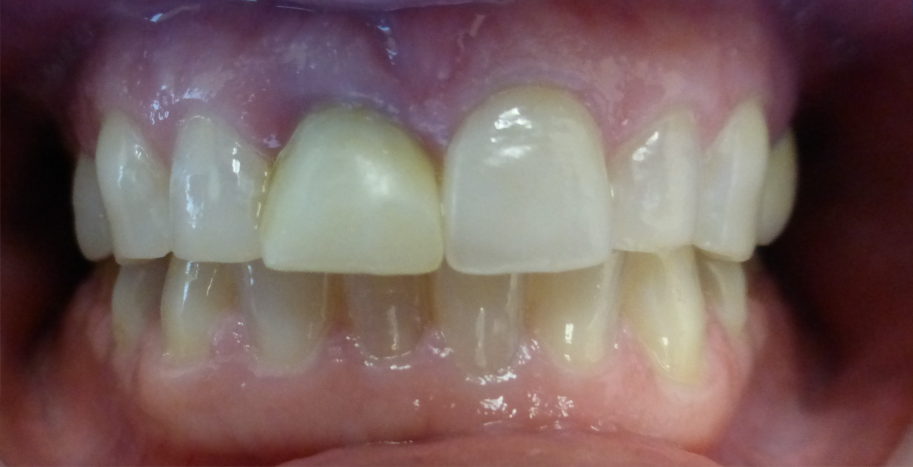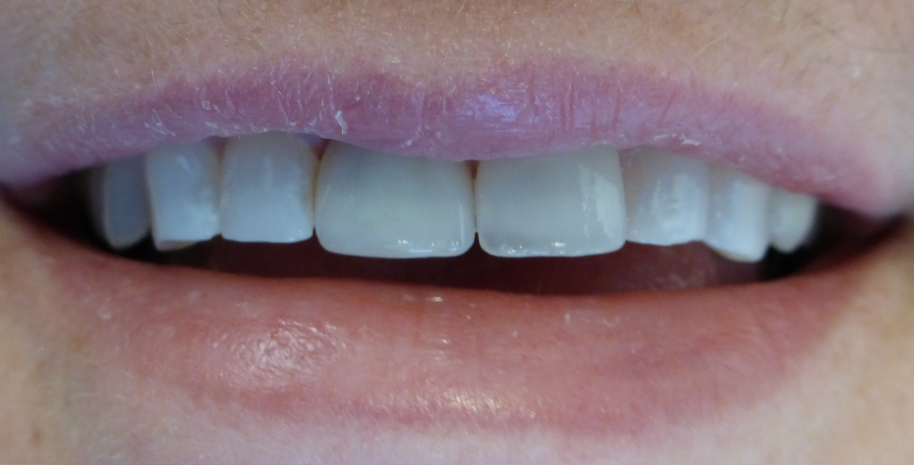What are Dental Implants?
A dental implant is a surgically placed metal post or frame that interfaces with the jaw bone in order to support a dental prosthesis, or a replacement tooth or teeth, such as a crown, bridge, or denture.
The full restoration is composed of the implant itself, an abutment, and the prosthetic. The implant is placed into the bone, the abutment is cemented or screw-retained to the implant, and a prosthetic is placed on the abutment.
How long do Dental Implants Take?
Osseointegration, or the process where an implant bonds to the surrounding bone, is the underlying goal in the placement of the implant. After placing the implant, it is current best practice to allow proper healing time for osseointegration to occur before placing a dental prosthetic like a crown. A general ballpark on healing time can range from three to six months. The lower arch tends to osseointegrate faster, allowing for placement of a dental prosthetic faster. Until the final prosthetic is placed, a dental flipper, or fake tooth, can be used to aid in the aesthetics on a single implant. If the implants are for an implant supported denture, the existing denture can be customized, or a temporary denture created, until the final prosthetic is in place. The caveat here is an "all-on-four", or a complete arch replacement using four implants and a denture. In an all-on-four, the prosthetic is placed immediately due to mechanical forces and angulation at play.
What are the success rates of dental implants?
The success rate of an implant is extremely high, but is dependent on the health of the individual receiving the implant, the health of the surrounding tissue, and drugs which may impair osseointegration and healing. Addtionally, accounting for the daily forces the implant will absorb and planning the position and number of implants is critical for the long-term success of the restoration. The five year success rate is between 93 and 98 percent in the clinical studies performed.
What are my Dental implant options?
The prosthetic placed on the implant can either be fixed or removable. As the name would suggest, in a fixed prosthetic, the crown, bridge, or denture is fixed to the abutment with either screws or dental cement. When the prosthetic is removable, as is the case with a removable denture, a corresponding adapter is used so that the implant can be secured to the prosthetic. A preference for one over the other is dependent upon the specific needs of the patient.
What about implant-supported dentures?
In terms of implant-supported dentures, it's typical for just the lower jaw to receive implants as regular dentures tend to be less stable here. However, an implant-supported denture can also be used in the upper jaw with very high success.
Example of bar-retained implant-supported denture
Currently, there are two types of implant supported dentures, bar-retained and attachment-retained. In a bar-retained denture, a thin metal bar is attached to a number of implants, typically two to five. Attachments are then fitted to the bar or denture, which allow the two to securely clip together. In attachment-retained dentures, each implant has a metal attachment that seats securely on the denture. Bar-retained dentures are preferable in cases where increased stability will be needed, however, they are more difficult to clean than attachment-retained dentures.
What are the advantages of dental implants?
The advantages are clear and numerous. Dental implants function much more like normal and natural teeth, which in the case of a denture, is an enormous benefit. With an implant-supported denture, you will experience far greater stability when chewing and speaking than with a standard denture.
In regard to individual teeth, implants can sometimes be the only option for replacement of an extracted tooth. The typical alternative to an implant would be a dental bridge, however, this is not always an option depending on the health of the surrounding teeth and the location of the specific tooth extracted. With a bridge, you are also unable to floss, and the surrounding teeth need to be cut to accommodate the bridge. Additionally, the long term prospects are not quite as high as an implant due to potential decay in surrounding teeth resulting in the complete removal of the bridge.







